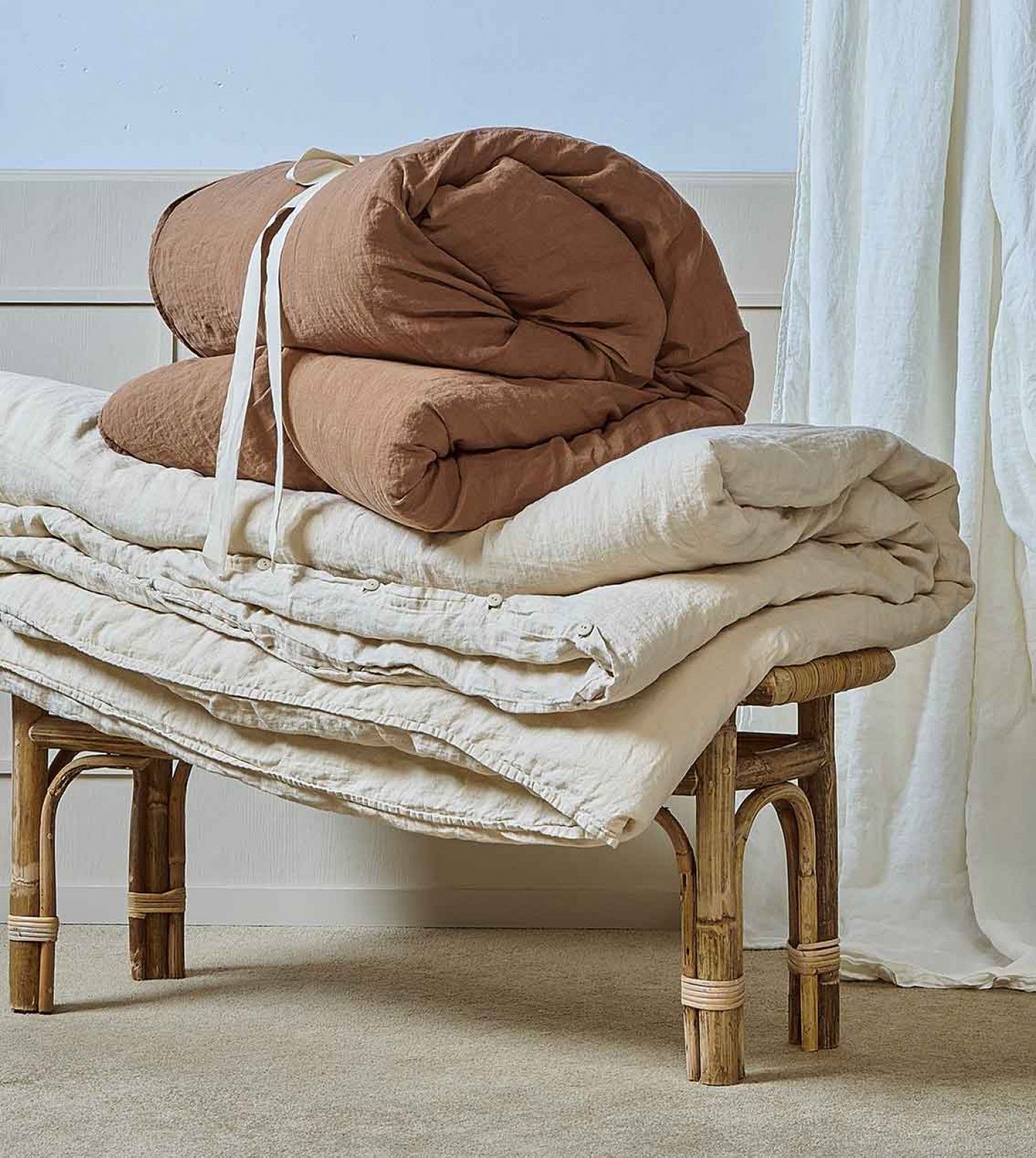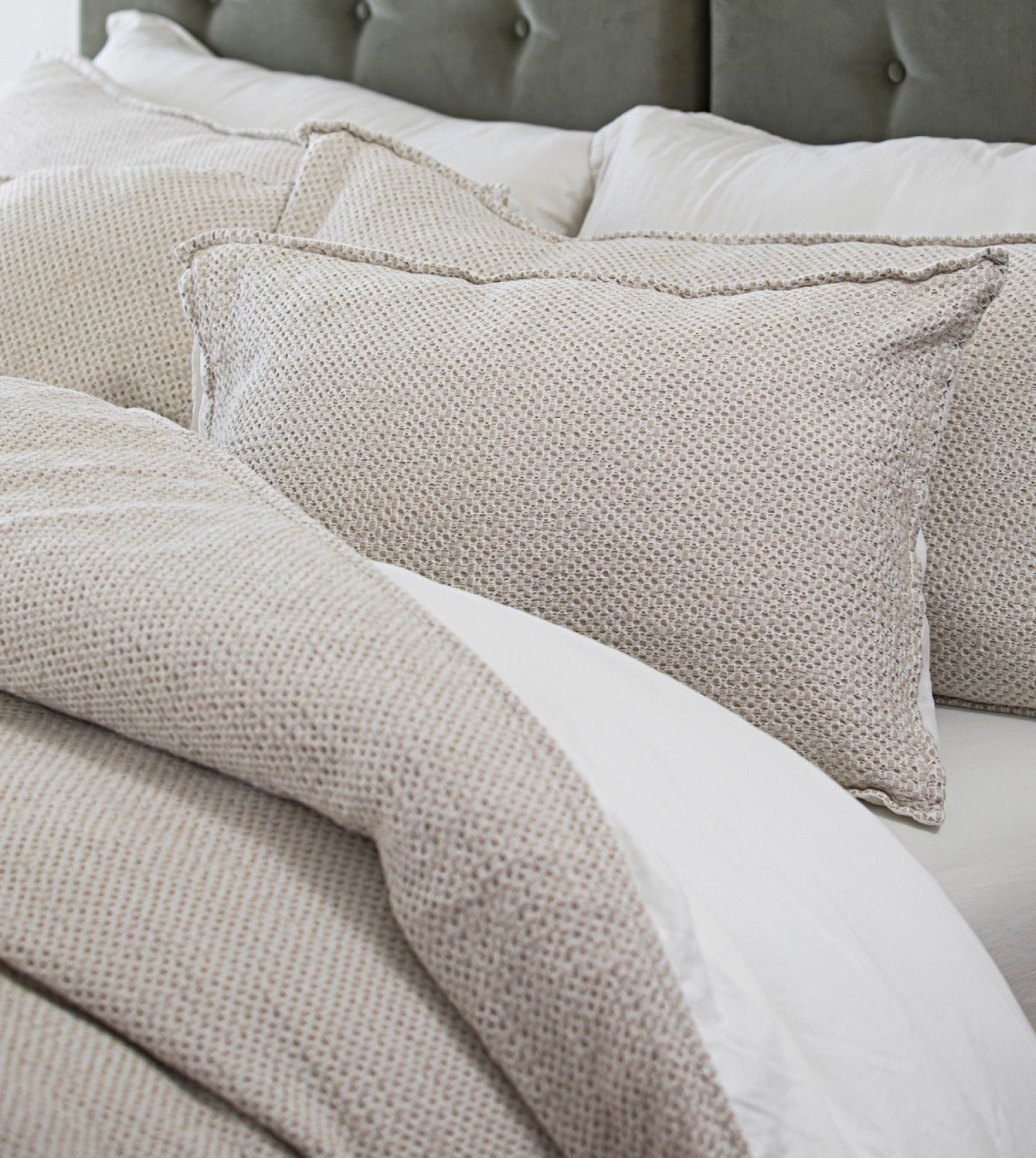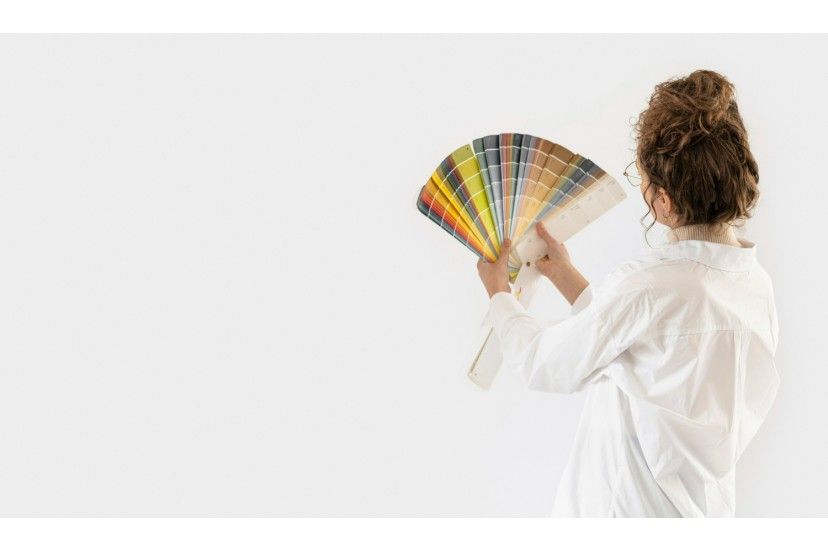Discover the impact of textiles on your home decor and the cultural significance and symbolism of colours.
Colours have always had an impact on how we perceive the world. There is special symbolism and cultural significance in the use of colours. Most people agree that colours convey feelings. This happens because it is a form of non-verbal communication. Despite some universal associations, the meanings of colours can vary significantly from one culture to another. Therefore, it is worthwhile to understand the cultural significance of colours.
Understand the Cultural Significance of Colours
Our planet is rich in cultural diversity, customs, and meanings. Despite these differences, we will explore the symbolism of colours in decoration and how they can convey meanings, feelings, and sensations. These differences in how colours can be perceived can be useful, as colours can be used in home decor considering these specificities.
Source: Freepik
Blue
Blue is a colour globally associated with the sky and oceans. This beautiful colour provides a sense of stability, serenity, tranquillity, and spirituality. Conversely, some also associate it with monotony and coldness.
In most cultures worldwide, blue is well-regarded and often identified as a favourite colour. Therefore, it is unsurprising that this colour is predominant in many companies. Numerous international businesses choose blue as their colour. Blue is even the dominant colour in the logo of the United Nations, exemplifying how blue dominates the image of international organisations.
Some cultures believe that blue tones help reduce blood pressure and circulation. When decorating your home or a specific room, consider that blue is associated with nobility. This colour is perfect for conveying harmony, tranquillity, and serenity. It can be a great choice for a bedroom or a living room.
You can find various blue items at Seeds Concept, such as the star quilt with lace, which can stand out in a child's bedroom. Blue can be an important colour for your boy's room. The Babyborn Blanketcan serve as a classy decorative element that adds even more comfort for the child.
White
The "colour of light" (as white often refers to) reflects all spectrum colours. In Western culture, white represents joy. However, the perspective is different in Eastern culture and some countries on other continents. White is the colour associated with mourning.
This colour holds significant importance in Christianity. Children wear white for baptisms and their first communion. Brides also wear white. The Pope highly regards this colour. The Popes, as the heads of the Roman Catholic Church, have worn white since the 16th century, specifically since 1566.
The white flag is an international symbol of surrender, and the white dove is globally recognized as a symbol of peace. White is known for its ability to convey calmness and help us achieve balance. It signifies peace, purity, innocence, clarity, and cleanliness.
It is no coincidence that white is frequently used in various parts of the home, on walls and in decor. Even towels (bath/hand) are commonly white. Their whiteness makes them easily visible and assures their cleanliness, which is ideal for drying off after a bath or washing hands.
At Seeds Concept, you can find various white items, particularly high-quality bath towels. These towels add a touch of elegance to your bathroom. These classic towels are made entirely in Portugal, with 100% cotton. They feature long fibres and are designed for durability.
Green
Like blue, green is considered a cool colour. For this reason, it is associated with seriousness and tranquillity. It is not uncommon to see this colour used in light tones in hospitals.
Green is traditional in Islam. In the Quran, green is associated with paradise. Hence, it is a predominant colour in the flags of many countries where people practice this religion. Green is said to have been the favourite colour of the Prophet Muhammad, and it is believed he was buried with this colour.
This colour became associated with the environment more recently, around 1980, making it prominent in political parties and environmental organisations. Green is linked to nature.
However, we all know to associate the colour with feelings of hope. This beautiful colour can also symbolise money, vitality, youth, growth, renewal, and fullness.
Considering these characteristics, you can use this colour in various rooms of your house, especially the bedroom. You can find multiple green items at Seeds Concept, with one of the highlights being the Duvet Cover Set.
Yellow
This colour inspires creativity and symbolises the sun, warmth, and summer. Yellow is a colour that conveys a sense of light, warmth, optimism, wealth, and joy, and it stimulates reasoning and creativity. On the other hand, it can cause anxiety and distress if used excessively.
In Asia, yellow is an imperial and sacred colour. For example, during the Qing dynasty, officially the Great Qing, an imperial dynasty of China led by the Manchus, only members of the imperial family were allowed to wear this colour.
As a point of interest, yellow was the favourite colour of Vincent van Gogh, the famous Dutch painter who created many works featuring golden-yellow tones.
Orange
Orange is a warm colour, a blend between yellow and red. This colour carries symbolism linked to both of these colours. Thus, orange conveys prosperity, success, joy, vitality, and enthusiasm. It is associated with creativity, stimulates the mind, and aids in the assimilation of new ideas.
Orange held significance during apartheid (a regime of racial segregation imposed in South Africa by the far-right National Party from 1948 to 1994). Here, prisoners wore orange to make them easier to locate during escape attempts.
In Asian culture, orange is known as the colour of saffron due to the spice. In Hinduism, it has significant associations. The deity Krishna is almost always depicted wearing an orange garment, symbolizing spiritual enlightenment and the highest state of perfection.
Purple
Purple is a captivating colour, created by mixing blue and red. It is often associated with melancholy when used in excess.
During the Roman Empire, purple was the rarest and most expensive pigment. Thus, only the most powerful figures, such as magistrates, emperors, and leaders, could wear it. Much later, during the reign of Elizabeth I, only royalty could wear this colour in the United Kingdom.
For Catholics, purple signifies melancholy and penance. It is one of the liturgical colours of the Catholic Church, used during Lent. This colour is also often seen at masses honouring the deceased.
Black
Black is a colour created by the absence of light. The word black comes from the Latin "pressus," which refers to the act of compression, indicating that various pigments are compressed in the colour black.
During the Roman Empire, black was associated with mourning, a tradition that persists in some religions today, notably Christianity and Judaism.
In Shiite Islam, black is a colour of devotion. Muhammad used a black banner as a symbol. This colour is associated with death, loneliness, and isolation. In Western culture, wearing black can signify that a person is in mourning. However, black is also considered a symbol of sophistication and elegance.
Black has also been associated with other negative aspects, beyond death. In the 19th century, Russian anarchists were nicknamed the Black Army. In the 20th century, black became associated with fascist regimes, notably the Italian and German ones.
Red
Red is a colour frequently used in religious contexts, often representing flesh, sin, the devil, and temptation. It evokes carnal passion and desire; the red apple symbolises temptation.
In an ideological context, red symbolises the revolutionary spirit and struggles against injustice. It is used in politics as the colour of Communism and leftist ideology.
In Greek mythology, red was the colour of Mars, the God of War. In China, red is the most important colour, commonly used in New Year celebrations. It signifies life and happiness.
In Nepal and India, red has a different symbolism. Traditionally, brides wear red dresses. In the Philippines, red served as the banner for those opposing the 2006 military coup in Thailand.
Source: Freepik
What Colour to Choose for Your Home Decor?
Now that you’ve learned a bit more about the world of colours and their meanings, you are better equipped to choose the shades you want to dominate the textiles in your home.
At Seeds Concept, you can find various items to make your home more cosy and charming. Products for the bed, for the bathroom, and even decorative pillow covers. Choose according to your taste and select the colours that best match the decor of your space.










